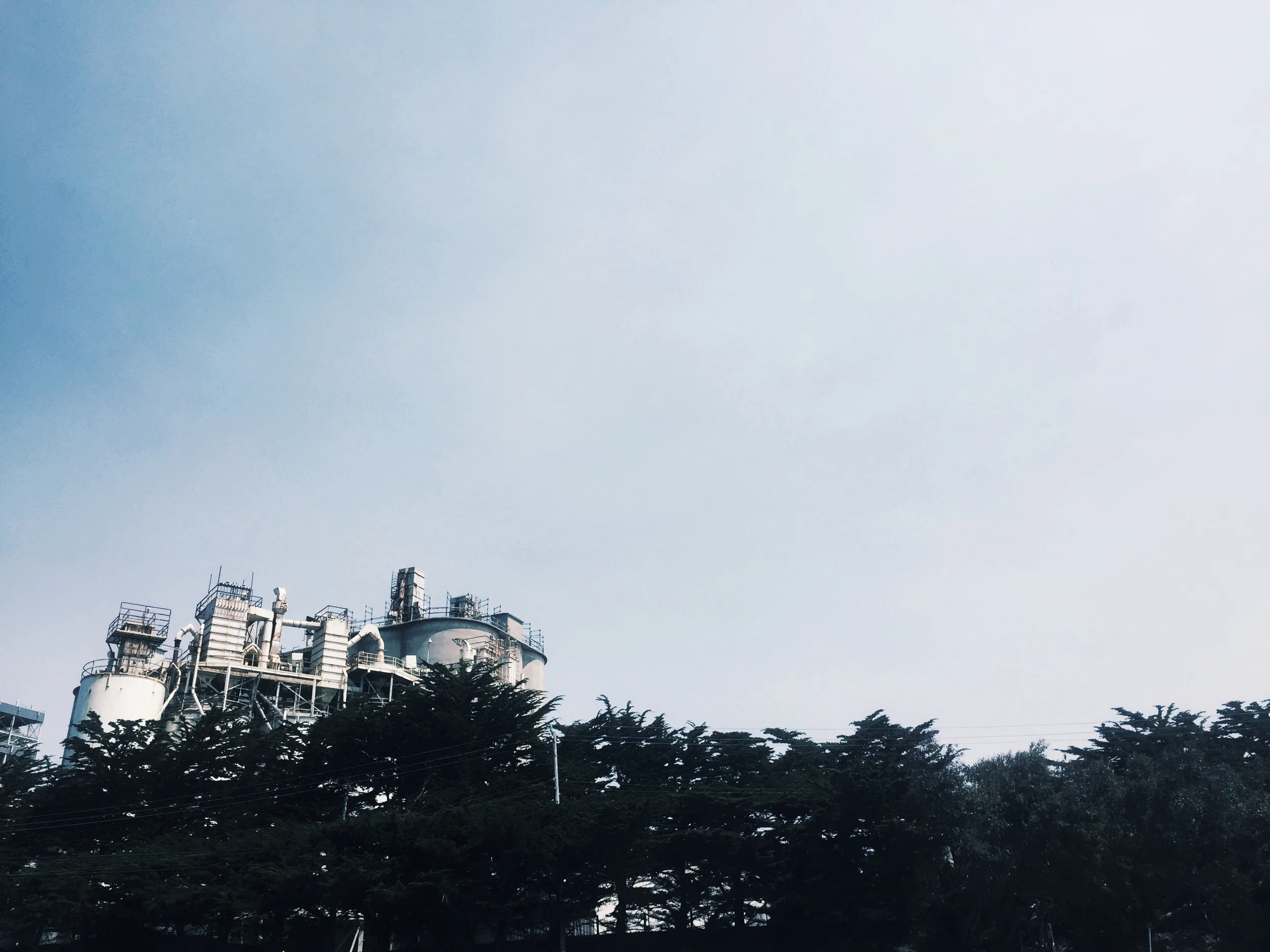A Broken Machine: Coming of Age in my Asexual Body
I was once certain that faulty wiring weaved through my insides like bloodless veins and up into my brain. Determining that the primary malfunction likely lied somewhere within a faulty motherboard, I understood my asexual body as possessing a hidden defect that had the consequence of leaving me void of sexual attraction as well as the inherent desire to engage in an activity viewed as a necessity: sex. As the sexual behaviors of my peers developed, fueled by their own sexual attraction, I conceived of my own body as broken – a vessel of lost potential – stripped of engaging in an apparently desirable action, or, at least, that is what I was told. My opportunity to validate my own experience was smothered by the societally embedded understanding of the human as an inherently sexual creature. While mechanically my body could operate to some flawed, yet conceived, standard of human normativity, with its levers and springs functioning to make the actual action possible, sexual attraction on the basis of desire for sex was nonexistent.
Aspects of my body, such as my perceived lack of body and facial hair at the time, became signifiers attributed to a hormonal imbalance in my asexual body and discouraged me from ever removing my shirt or wearing clothing that would expose my body.
My asexual body was under recall in a sexual society, requiring a correction or perhaps some replacement parts to properly fulfill what my body was designed to perform. Like misassembled machines, society has long conceived of asexual bodies like mine as inherently flawed through medicalization. During this time in my life, this was reinforced through the existence of a dysfunction known as Hypoactive Sexual Desire Disorder, which reinforced my status as a body in need of repair. HSDD remains classified by the American Psychiatric Association in the Diagnostic and Statistical Manual of Mental Disorders as a sexual disorder that pathologizes those who do not experience or have very low desire for sexual activities, going through several iterations since its introduction to the manual several decades ago.
Under the dictation of HSDD, my body was inherently problematized, suggesting to others around me that I be rewired through methods of hormonal injection, corrective counseling, or prescription medication. Visual aspects of myself, such as my perceived lack of body hair, quickly became signifiers attributed to a hormonal imbalance within my asexual body and heavily discouraged me from ever removing my shirt or wearing clothing that would expose this part of my body. Internal prodding also ensued, involving a questioning of my masturbation habits to discover if I was functioning as, who they perceived to be a young man, should. A self-regulating machine-like existence manifested as a result, as I continued to close myself to others both physically and mentally. And so, if they couldn’t retrieve the answers from me, on account of my acute shyness and deep insecurities, perhaps a professional could.
Since HSDD succeeded in labeling my asexual body as dysfunctional, every voice came to agree, sending me spiraling further downwards toward medicalization as well as continuing to send deep cracks through my own understanding of self. The inevitable shattering consumed me one day when a trusted close friend of a family member and medical professional, who was aware of my apparently dysfunctional state of being, told this family member to ask me whether I possessed any hair under my arms and if I had ever masturbated, which they did in the presence of others. As a deeply insecure fat queer adolescent, who was already self-conscious of their body-image, this was an immense level intrusion. As the prodding continued in the subsequent days, months, and years, crumbling into myself and disappearing into oblivion sometimes seemed like a viable alternative to existence. Yet their opportunity never truly came to open the hatch and expose, what they thought to be, any perceived mechanical malfunction within. As I gradually became committed to understanding and calling myself "asexual" and teaching those unaware and uneducated of the identity about its existence amidst humanity, their questions turned to whispers, and their whispers turned to thoughts.
Still, as a consequence, I have yet to completely feel the presence of their piercing eyes lift from my body, long after they have surely forgotten. I remain trapped by an ongoing robotic self-regulation of my body's own inherent visuality, on the basis of some ridiculous form of fear, as if they are still searching for answers, patiently preying, waiting quietly to see if I really do look and act how a sexual "man" should. Even in my young adulthood, a regular questioning of my body as an asexual who is perceived as a man, still regularly occurs. Have I met their qualifications on facial hair? Is my body hair up to standard? Am I meeting the "normal" rate of masturbation? If my body is understood as broken, do I, at least, appear functional? Can I appear functional?
And so, to an extent, I am still running, like a cog on the turning wheel spinning away in a chaotic flurry. Onward.




